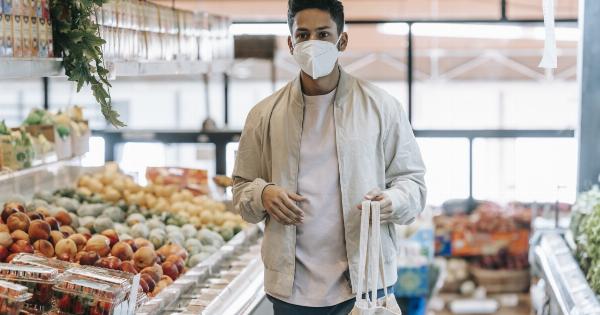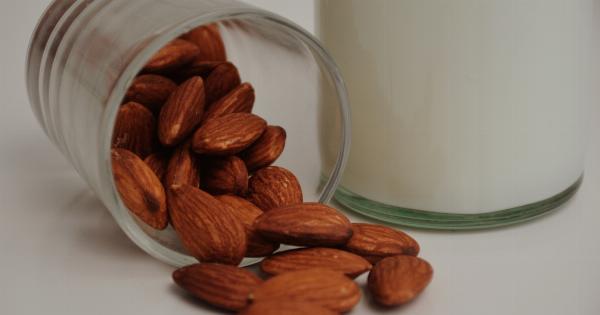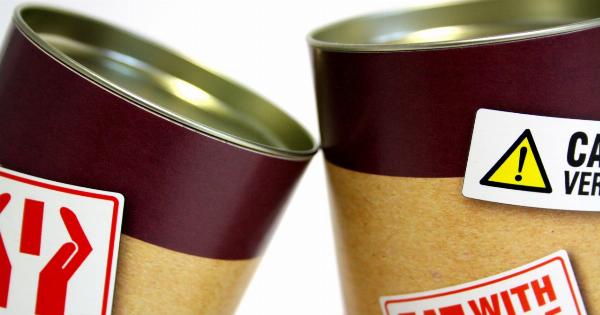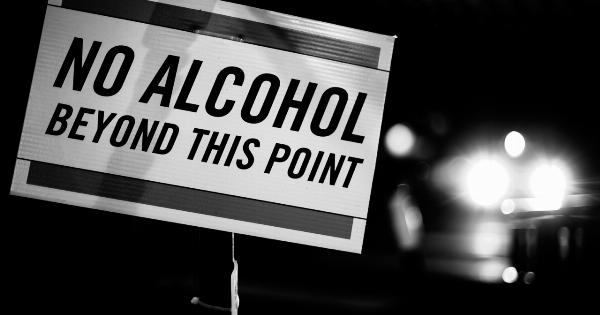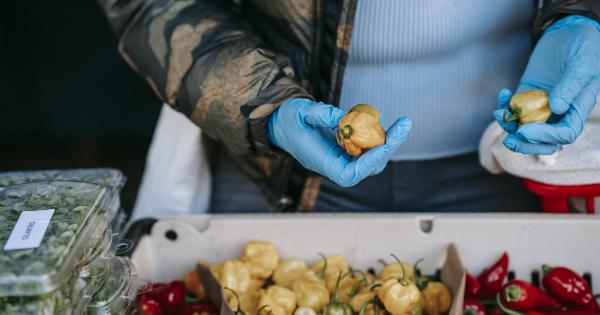Food poisoning and food allergies are two contrasting forms of illnesses that can be caused by consuming contaminated or harmful foods.
While both can cause severe symptoms, it is essential to know the distinguishing factors between them to treat them promptly.
What is Food Poisoning?
Food poisoning occurs when harmful bacteria, viruses, or toxins contaminate food and enter into the individual’s digestive system. The symptoms of food poisoning usually develop within a few hours to a day after consuming the contaminated food.
The major symptoms of food poisoning include vomiting, diarrhea, abdominal pain, nausea, fever, and dehydration.
Food poisoning can be caused by different contaminants like salmonella, listeria, E. coli, and other pathogenic bacteria.
These contaminants can be present in foods like undercooked meat, poultry, dairy products, eggs, seafood, and vegetables that are raw or undercooked. Food poisoning can occur due to improper handling, storage, and preparation of food items.
What is a Food Allergy?
Food allergies are a type of immune response that occurs when the body reacts to a specific food item as a harmful substance.
When the individual consumes a food item that they are allergic to, the body identifies it as a harmful invader and activates the immune system to fight back. The immune system produces antibodies like histamines, which triggers symptoms such as hives, itching, swelling, or difficulty breathing.
Food allergies can be mild or severe, depending on the individual’s sensitivity to the specific allergen. The symptoms of food allergies usually occur within minutes to hours after consuming the food item.
The most common food allergens that cause allergic reactions include shellfish, nuts, milk, eggs, wheat, and soy.
Symptoms of Food Poisoning
The symptoms of food poisoning can vary depending on the type of contamination and the individual’s immune system’s response. However, some of the common symptoms of food poisoning include:.
- Vomiting and nausea
- Diarrhea or bloody stool
- Abdominal cramps and pain
- Fever and chills
- Dehydration
- Dizziness and headache
- Fatigue and weakness
The severity of the symptoms depends on the amount and the kind of contaminated food consumed by an individual. In some severe cases, food poisoning can lead to hospitalization and even death.
Symptoms of Food Allergies
The symptoms of food allergies occur when the immune system reacts to specific allergens present in the food. Some common symptoms of food allergies include:.
- Hives, itching, and skin rashes
- Swelling of the face, lips, tongue, and throat
- Difficulty breathing or shortness of breath
- Abdominal pain, vomiting, and diarrhea
- Dizziness and lightheadedness
- Fainting and loss of consciousness
The severity of the symptoms depends on the individual’s sensitivity to the allergen. In some severe cases, food allergies can lead to anaphylaxis, which is a life-threatening condition, requiring immediate medical attention.
How to Tell the Difference?
While the symptoms of food poisoning and food allergies are pretty similar in some cases, there are certain key factors that can help distinguish between the two:.
: Timing of Symptoms
The timing of the symptoms can help differentiate between food poisoning and food allergies.
While the symptoms of food poisoning usually develop within a few hours to a day after consuming the contaminated food, the symptoms of food allergies occur within minutes to hours after consuming the food item.
: Duration of Symptoms
The duration of the symptoms can also be a distinguishing factor. The symptoms of food poisoning usually last for a day or two, while the symptoms of food allergies can last for several hours or even days.
: Type of Symptoms
The type of symptoms can be another distinguishing factor. While the symptoms of food poisoning usually include diarrhea, nausea, and vomiting, the symptoms of food allergies usually include hives, swelling, and difficulty breathing.
: The Appearance of Symptoms
The appearance of symptoms can also help distinguish between food poisoning and food allergies.
For example, the symptoms of food poisoning usually include abdominal cramps and pain, while the symptoms of food allergies include swelling of the face, lips, or tongue.
How to Prevent Food Poisoning and Food Allergies?
: Preventing Food Poisoning
Here are some steps to prevent food poisoning:.
- Wash your hands regularly with soap and water before handling food
- Store and prepare food items at the correct temperatures
- Ensure that meats are cooked thoroughly before consuming
- Avoid eating raw or undercooked eggs, meat, poultry, and seafood
- Use separate cutting boards and knives to prevent cross-contamination
: Preventing Food Allergies
Here are some steps to prevent food allergies:.
- Avoid foods that you are allergic to
- Read food labels carefully to check for allergens
- Avoid eating at restaurants or food stalls that do not offer allergen-free options
- Carry an epinephrine auto-injector (EpiPen) if you have a severe allergy
Conclusion
Food poisoning and food allergies are two distinct forms of illnesses that can cause severe symptoms. While the symptoms are pretty similar in some cases, it is essential to distinguish between them to provide prompt treatment.
By knowing the key differences between food poisoning and food allergies, you can take the necessary steps to prevent them and protect your health.












